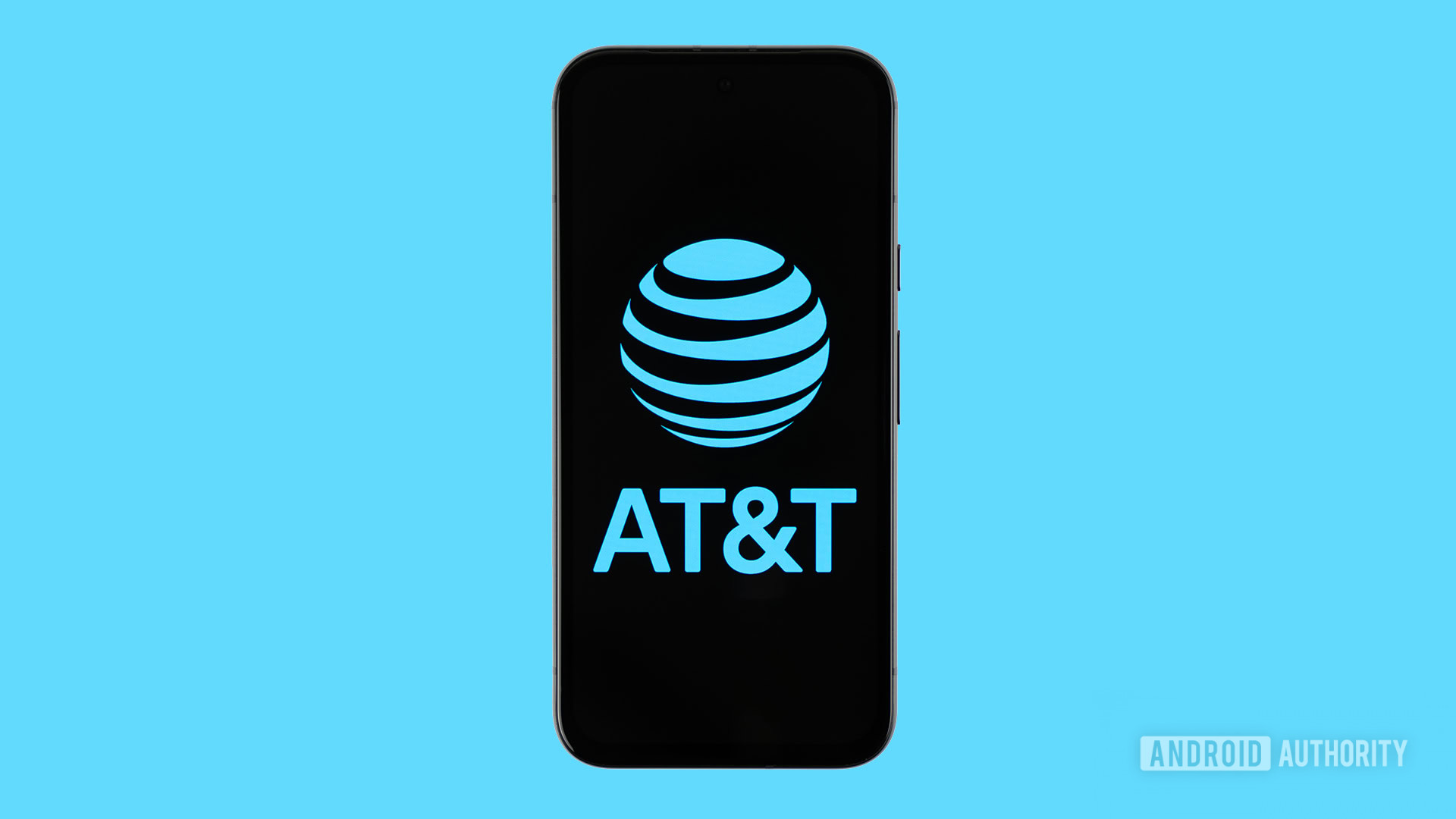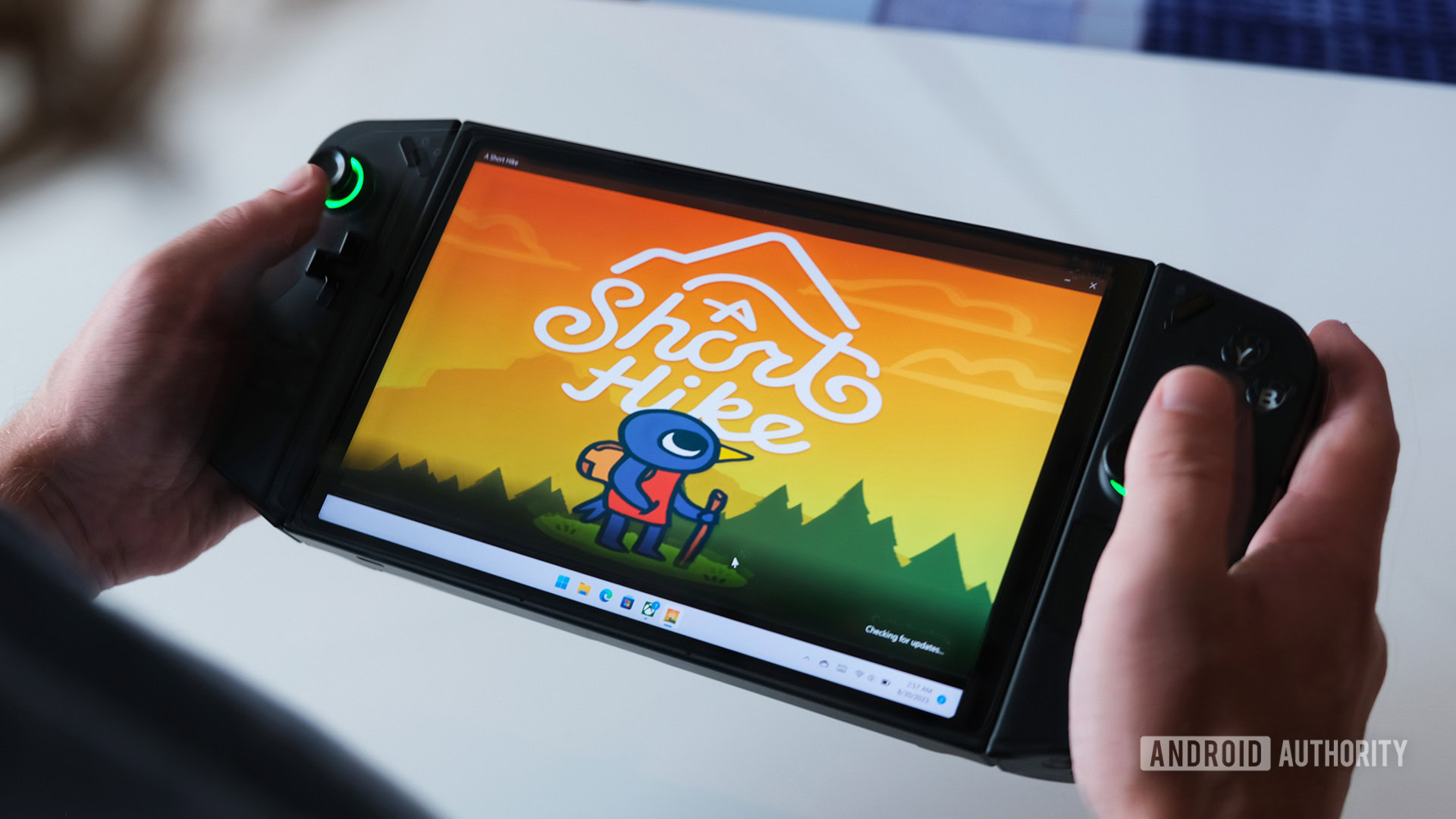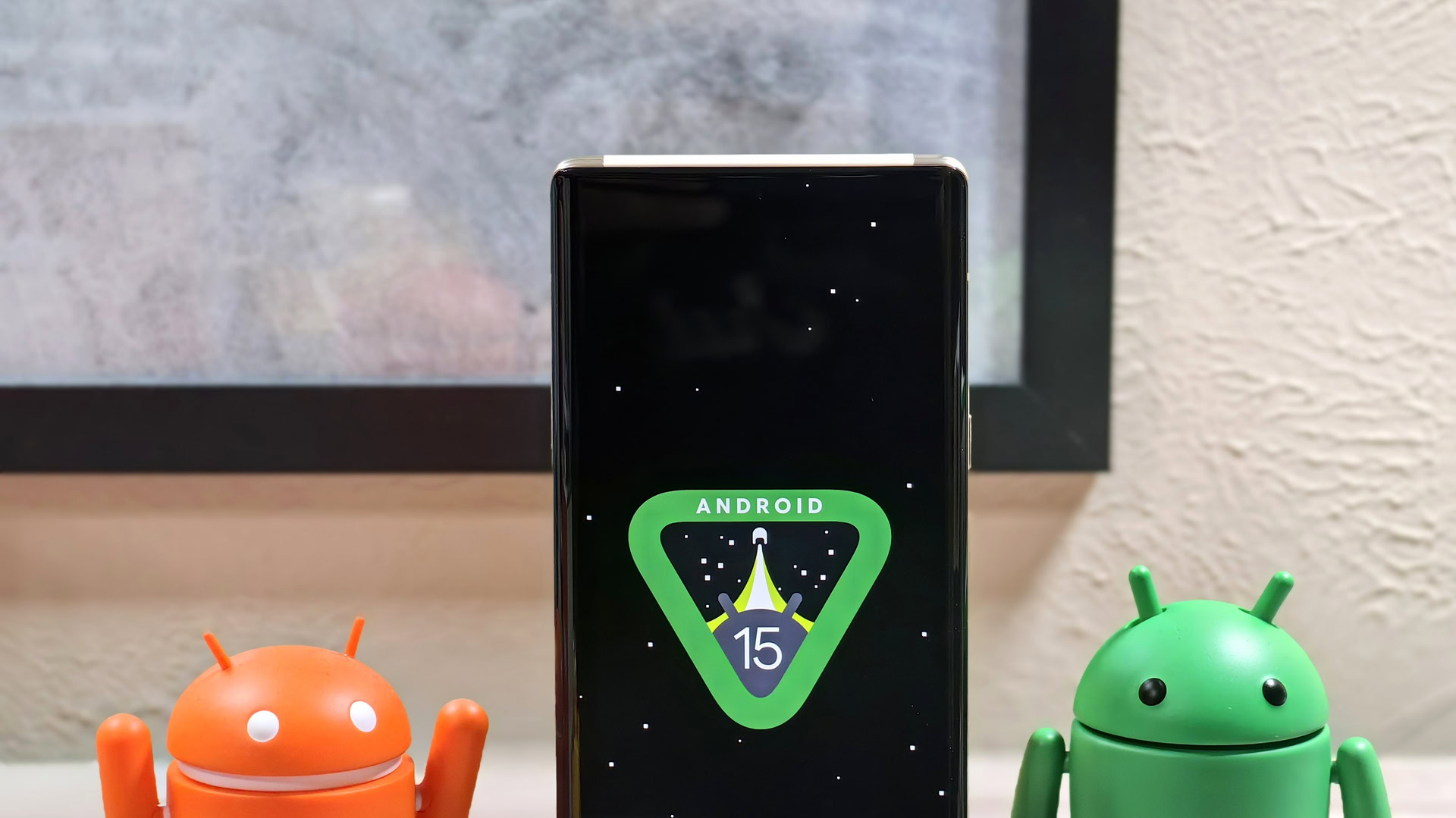
Edgar Cervantes / Android Authority
TL;DR
- In an internal memo, AT&T called out T-Mobile Priority as a marketing campaign that can confuse the public safety community.
- The AT&T document highlights how its dedicated network is more reliable and doesn’t use untested technology.
- AT&T also notes it will eventually use 5G slicing as well, but only for specific priority uses and only after further testing.
A few weeks ago we reported on T-Priority, T-Mobile’s new network slice dedicated to first responders. Although T-Mobile made a big deal out of the new program and the cutting-edge tech it is using, AT&T has a lot less rosy things to say about it. The Mobile Report has obtained an internal AT&T document alerting its employees that T-Mobile’s T-Priority is nothing more than a marketing campaign meant to target AT&T’s own federally-backed FirstNet program while also creating “confusion with the public safety community”.
While you might just think AT&T has sour grapes here, the internal document makes some pretty good points. First, T-Mobile’s word choices make it sound like it’s doing something superior to its rivals and while its service might be faster, it’s not necessarily more reliable. Both AT&T and Verizon have existing programs that use specific bands for first responders. AT&T FirstNet’s network is entirely dedicated to first responders and utilizes band 14, while Verizon FrontLine uses band 13, though it’s not fully dedicated for first responder use alone.
To be fair, there are a few other parts of the T-Mobile Priority service beyond just the network slicing tech used. For example, T-Mobile will deploy 24/7 Emergency Management trucks to help fix problems affecting the network and to support in disasters, public safety incidents, and more.
Is T-Mobile Priority’s 5G-based solution better? The answer will likely depend on who you ask, or even the region you’re in as network quality can range dramatically. Of course, AT&T was quick to point out in the internal document that this is a largely untested technology and that it should be tried on commercial networks first not “where a call can make all the difference in helping save someone”. AT&T plans to eventually enable network slicing on FirstNet as well, but when they do so it will be to allocate it to specific needs like video calling instead of more broadly like FirstNet.
Got a tip? Talk to us! Email our staff at [email protected]. You can stay anonymous or get credit for the info, it's your choice.








 English (US) ·
English (US) ·